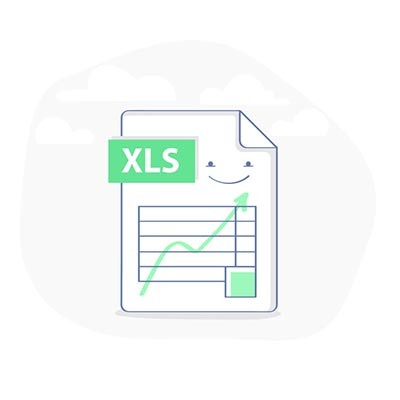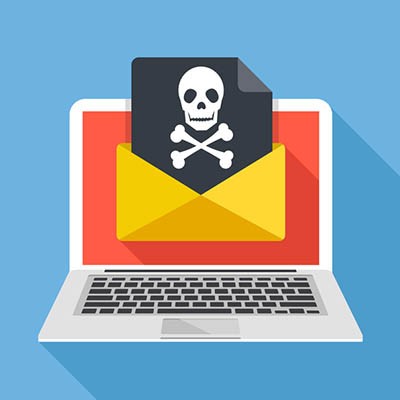- Home
- About Us
- IT Services
- Understanding IT
- Understanding Automation
- Understanding Ransomware
- Understanding Shadow IT
- Understanding Your Virtual Identity
- Understanding the Modern Office
- IT Threat Glossary
- Understanding Business Continuity
- Windows Server 2003: End of Life
- Understanding the Internet of Things
- Understanding Network Security
- Understanding SOX
- Understanding BYOD
- Understanding PCI DSS
- Windows XP End of Life
- Understanding HIPAA
- Cloud Computing
- Blog
- Support
- Contact Us
- Home
- About Us
-
IT Services
-
Understanding IT
- Understanding Automation
- Understanding Ransomware
- Understanding Shadow IT
- Understanding Your Virtual Identity
- Understanding the Modern Office
- IT Threat Glossary
- Understanding Business Continuity
- Windows Server 2003: End of Life
- Understanding the Internet of Things
- Understanding Network Security
- Understanding SOX
- Understanding BYOD
- Understanding PCI DSS
- Windows XP End of Life
- Understanding HIPAA
- Cloud Computing
- Blog
- Support
- Contact Us
Walsh IT Group Blog
When trying to keep a lot of data organized concisely, while still keeping it all accessible when needed, a database is an excellent tool to leverage. Furthermore, it can be fairly simple to generate one of your own by using Microsoft Excel. We’ll offer a few steps and tips to ensure you get the most out of this capability.
Today, while the world is still effectively split between PCs and Macs, we have at least one file format that bridges the divide: the PDF. This file format became standard in business communications, and is now used the world over. Today, we’ll dive into the history of the Portable Document Format and why it is so well-suited to business processes.
By now everyone knows about ransomware, the dastardly strand of malware that encrypts data (or the drives it’s stored on) and sends the user a message demanding payment in a certain amount of time before the data is deleted forever. To add a little more menace to an already stressful situation, the message includes a countdown clock. If it sounds like a bad situation, rest assured it is. How could it get worse you ask? Simple, make it more difficult to stop.
We have almost made it through this year’s hurricane season, but unfortunately, this doesn’t mean that businesses will suddenly be safe again. Many businesses that are impacted by these kinds of disasters are unprepared, and so when push comes to shove, some ultimately close their doors after trying (and failing) to bounce back. We’re going to tell you how to help avoid this outcome for your business the next time there’s a disaster.
One of the biggest benefits of mobile data is how useful it is to business users for networking and productivity while they’re on-the-go. However, one of the biggest drawbacks to mobile data is how easy it is to use up while networking and being productive, and how expensive this can be. Fortunately, there are some ways to reduce the amount of data an Android device uses, as we’ll discuss in this tip.
As far as leaps in computing go, this one’s pretty tiny: a research team from IBM has managed to store data on a single atom. Despite the microscopic size of the result, the impact is potentially huge when one considers the effects this discovery could have on computing.
Mobile? Grab this Article!
Tag Cloud







